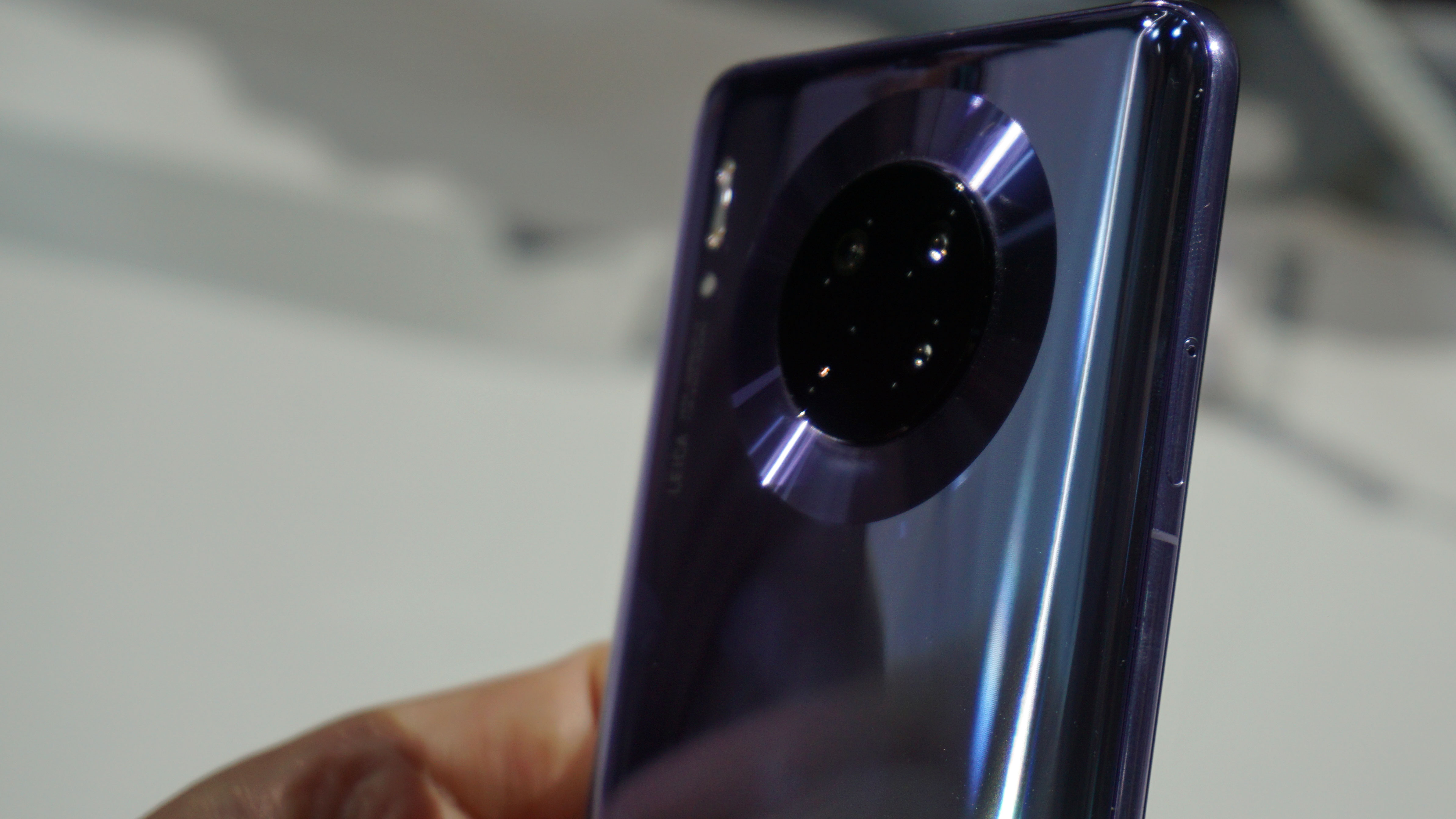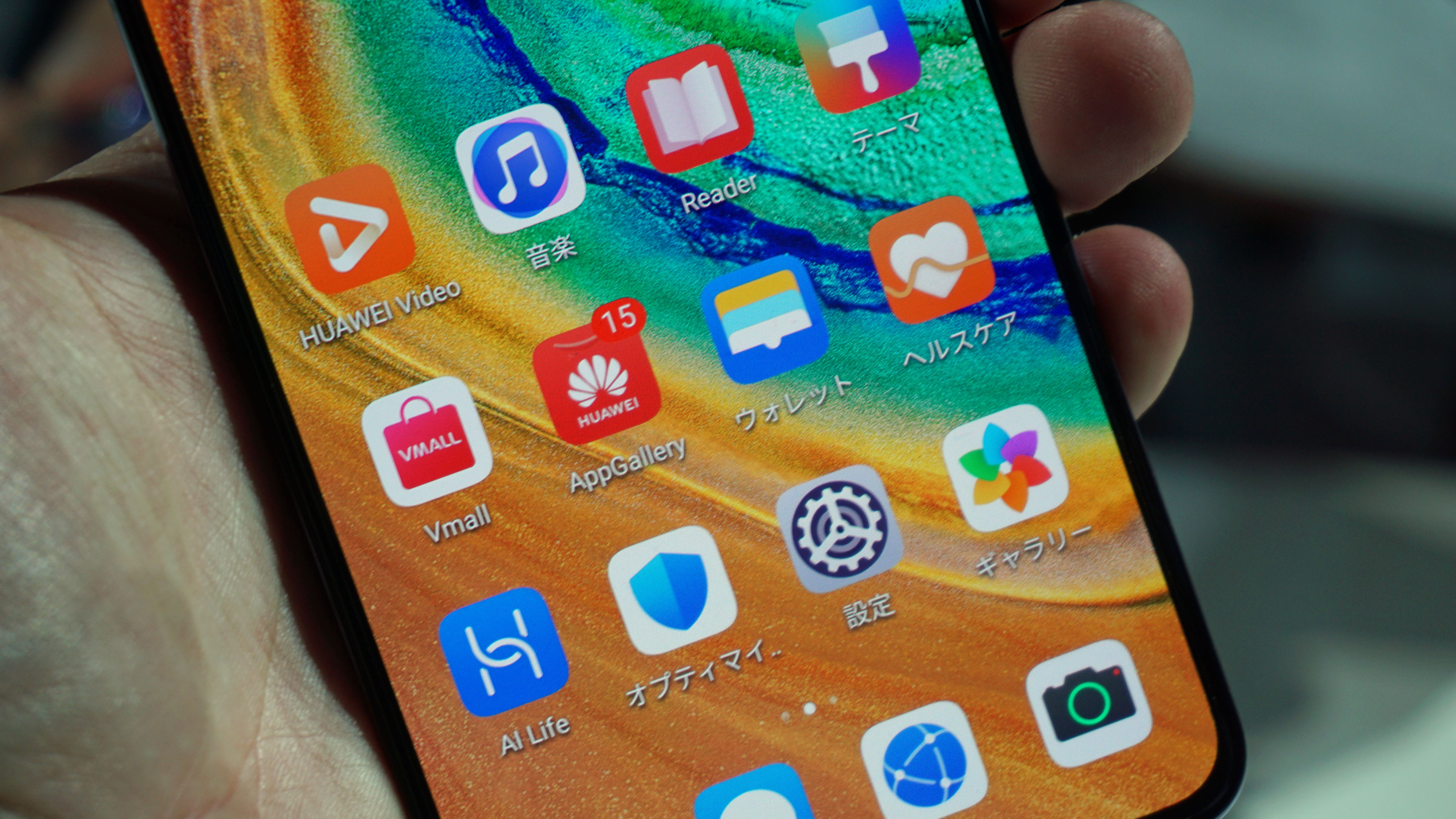Early Verdict
The Huawei Mate 30 takes the core elements of the Mate 30 Pro, but forgoes some of that phone's top-end features to keep the price down. However, as with all the new Huawei phones you can't access Google's services on this handset.
Pros
- +
Premium design
- +
There's a 5G version
Cons
- -
No Google apps
- -
Doesn't have curved edges
Why you can trust TechRadar
The Huawei Mate 30 is the new entry-level flagship smartphone from the Chinese brand, arriving alongside its more powerful Huawei Mate 30 Pro sibling.
If you're after Huawei's latest and greatest, but don't have the budget to spring for the Mate 30 Pro, the Mate 30 has many of the same features – and actually has a bigger screen – for a smaller price tag.
However, before we go any further there is a major issue that you need to be aware of: due to ongoing tensions between the US and China, the Huawei ban enforced on Google means the Mate 30 series don't have access to the search giant's applications and services.
That means none of Google's apps are pre-loaded onto the Huawei Mate 30, and the Play Store isn't accessible on the handset. It means you'll be forced to use Huawei's own app store, the range of apps on which isn't going to be as wide as the offering from Google.
It's currently unclear whether you'll be able to download any of Google's apps onto the handset via other means, but we'll update this Huawei Mate 30 preview with more information when we have it.
- Read our hands-on Huawei Mate 30 Pro review
- Here's our hands-on Huawei Watch GT 2 review
Huawei Mate 30 release date and price

The Huawei Mate 30 price is €799 (around $880 / £700 / AU$1,300), which gets you 8GB of RAM and 128GB of storage.
While we know the Mate 30 be available in some European markets, Huawei is yet to reveal which countries will get the handset, and there's a chance it won't make it to the UK – the company clearly feels the absence of Google services will limit the phone's appeal in Western markets.
If you're in the US the likelihood is the Huawei Mate 30 won't be available there. And, while Huawei has announced that it will be selling the Mate 30 Pro in Australia, it appears the company has no plans to release the regular Mate 30 there. At present, AU pricing and availability details have not been given.
As for the Huawei Mate 30 release date, we're still waiting to hear when the handset will become available. It's expected to start releasing in October, but we'll update you right here as soon as we know.
Huawei Mate 30 design and display

The Huawei Mate 30 design is a step forward from the Mate 20 it succeeds, but it doesn't do anything particularly new.
Unlike the Mate 30 Pro with its elegantly curving screen at the sides, the Mate 30 doesn't feel like a new design at all.
The biggest update looks-wise is on its rear, with the camera bump now a circle (rather than the square on the Mate 20) – a number of other manufacturers have opted for this rounded style of camera housing, and we've seen it on the Nokia 7.2, Moto G7, and the yet-to-be-officially-launched OnePlus 7T.
This camera bump is then ringed by a circular design etched into the handset's glass rear, which Huawei claims is good for repelling fingerprints, although we still found the Mate 30 to be something of a fingerprint magnet.


You'll find the power and volume keys located on the right of the Mate 30, in a relatively easy to reach location. The handset is also IP68 water and dust resistant.
Round the front the handset is dominated by the display, with a small (but not the smallest) notch at the top.
Huawei Mate 30 cameras
We've yet to properly test the cameras on the Huawei Mate 30, but the rear array looks to be a solid setup.
This comprises a 16MP f/2.2 ultra-wide snapper, a 40MP f/1.8 super-sensing wide camera, a 8MP f/2.4 telephoto lens and a focus-assist laser.

We quickly tested the camera in our brief hands-on time, and in good lighting it seemed to perform well – it won't be quite as good as the Mate 30 Pro in this respect, though, as that handset has an additional 40MP ultra-wide camera.
The front-facing camera is a 24MP shooter, which we've not yet been able to test, and which sits in the notch at the top of the screen. We'll be sure to put the Mate 30's cameras through their paces during our full review.
Huawei Mate 30 performance and specs
The Huawei Mate 30 Pro is running the latest Android 10 software, and it comes with Huawei’s own overlay called EMUI10.
There's plenty of power packed inside the Huawei Mate 30, with the firm's flagship Kirin 990 chipset paired with a healthy 8GB of RAM, which should enable the handset to cope with pretty much anything you throw at it.
The standard version of the phone is 4G, but there's also a 5G-ready variant, although as with all the new Huawei phones it’s currently unclear where this will be available.
Huawei has included a 4200mAh battery inside the Mate 30, which the company believes will last all day from a full charge.
Early verdict

A lot of the features in the Huawei Mate 30 make it look like one of the best smartphones of 2019, but the software lets it down, with the lack of Google apps on the phone making it a difficult device to recommend.
James is the Editor-in-Chief at Android Police. Previously, he was Senior Phones Editor for TechRadar, and he has covered smartphones and the mobile space for the best part of a decade bringing you news on all the big announcements from top manufacturers making mobile phones and other portable gadgets. James is often testing out and reviewing the latest and greatest mobile phones, smartwatches, tablets, virtual reality headsets, fitness trackers and more. He once fell over.
What is a hands on review?
Hands on reviews' are a journalist's first impressions of a piece of kit based on spending some time with it. It may be just a few moments, or a few hours. The important thing is we have been able to play with it ourselves and can give you some sense of what it's like to use, even if it's only an embryonic view. For more information, see TechRadar's Reviews Guarantee.

